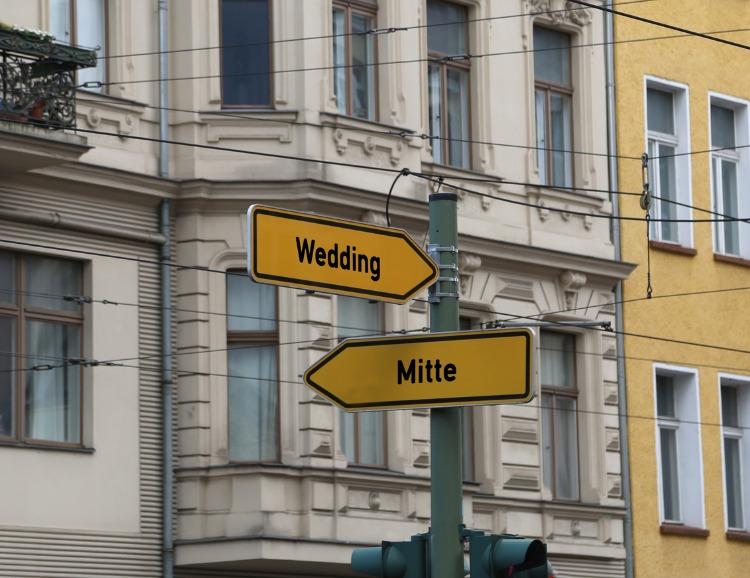Place Attachment

Following on from the writings and political actions of Jane Jacobs in the 1950s in New York, various perspectives in architectural theory and urban planning call for reclaiming diversity in the city and designing the city as “open”. The “open city” is a city where diversity is possible, and situational opportunities for action are available to its residents. The concept of urban openness quickly leads to the juxtaposition of two elements. Richard Sennett refers to them as building and dwelling: The man-made environment of the buildings and spaces and their intended functions only represent the structure for living (building); it is from how this structure is used (dwelling) that the lifeworld reality for people emerges. Urban openness needs to be considered in its dependence on both elements.
However, how can the open city be ensured? Sennett’s ethics for the city do not provide a direct answer to this question, as he, following in the footsteps of Jane Jacobs, only emphasizes the need for political actions to prevent urban planning clear-cutting. Little is said in this context about how closed, monofunctional, and dense cities lead to a decrease in residents’ attachment to their cities. Actually, the recovery of diversity in the city heavily depends on the attachment of people to the places and neighborhoods of their lifeworld. The question of the conditions for the possibility of openness is thus primarily directed at the relationship between building and dwelling: between the built environment and the attention it receives from its users.
The finding that the diversity of opportunities for action in dwelling presupposes local attachment can be seen as a result of environmental psychological research on place attachment over the past 50 years. Especially under the conditions of increasing spatial mobility, dissolution of boundaries and fluid networks, the reference to places that guarantee continuity becomes more important. On the other hand, placelessness is perceived as a significant limitation of quality of life.
For practical building and urban planning orientation, this implies the demand to re-examine how the built environment should be designed and how to take into account the changed conditions of urban dwelling. This means that the needs of users must be empirically apprehended and incorporated into the planning process as part of the often invoked construction turnaround (Bauwende). Not closing oneself off from the user perspective and creating the conditions for personal attachments to the city is a prerequisite for cities to be open and liveable in the sense of Richard Sennett’s vision of the city.
To pursue this goal, three fundamental research questions need to be answered:
- What is place attachment?
- How is place attachment formed?
- What are the consequences of place attachment?
So, the dimensions, explanation, and consequences of place attachment are the focus of this research. With the answers to these three questions, it is possible to justify which measures are necessary in practice to create urban conditions that promote the development of place attachment for residents. The proposed project is dedicated to addressing these questions with the aim of applying the findings in urban and neighbourhood planning. How can the open city enable place attachment and thereby enhance the quality of life in the city? What can urban planning and architecture contribute to this?
The starting point of the project is a theory of place attachment that formulates causal relationships between physical, architectural, and historical city features, individuals and their personal life events, social actions on site, and the corresponding feelings of attachment. This is done in light of the research on place attachment in social sciences and human geography.
In a nationwide survey, the determinants of place attachment will be empirically examined in the project, in order to preempt a purely intuitive approach in urban planning. In doing so, we consciously draw on the survey program “LebensRäume” (Living spaces) of the Federal Office for Building and Regional Planning (BBR), which has been conducted annually in West Germany since 1985 and since 1990 also in East Germany. After ten years, we want to take this survey as a model and renew it with regard to selected focal points. This is necessary, first, because living in cities in Germany has changed since the end of the LebensRäume project, exacerbated by the COVID-19 crisis; and second, because the previous LebensRäume surveys practically omitted the assessment of place attachment. Apart from satisfaction with housing and willingness to move, no data were collected in this regard. In the new survey, the user-oriented perspective on the relationship with the local environment will therefore be emphasized, aiming to derive representative findings on strategies to promote place attachment in the residents. In this way, we aim to provide an empirical and theoretically grounded basis for improving the quality of life in cities through user-oriented urban planning.
The project is funded by the Federal Institute for Research on Building, Urban Affairs and Spatial Development (BBSR). For more information contact Moritz Fedkenheuer.
[Photo credits: https://www.statistik-berlin-brandenburg.de/167-2022]